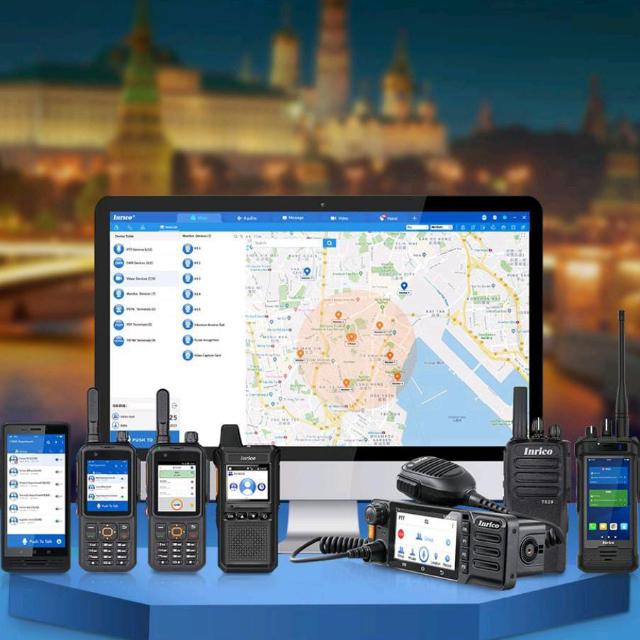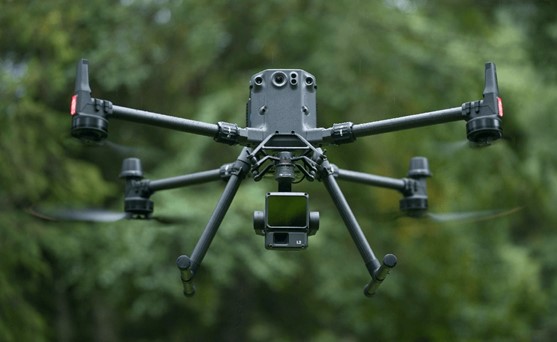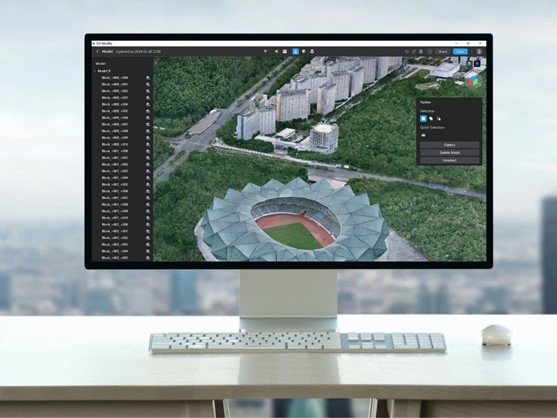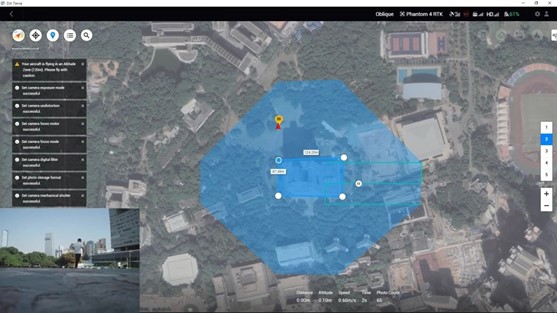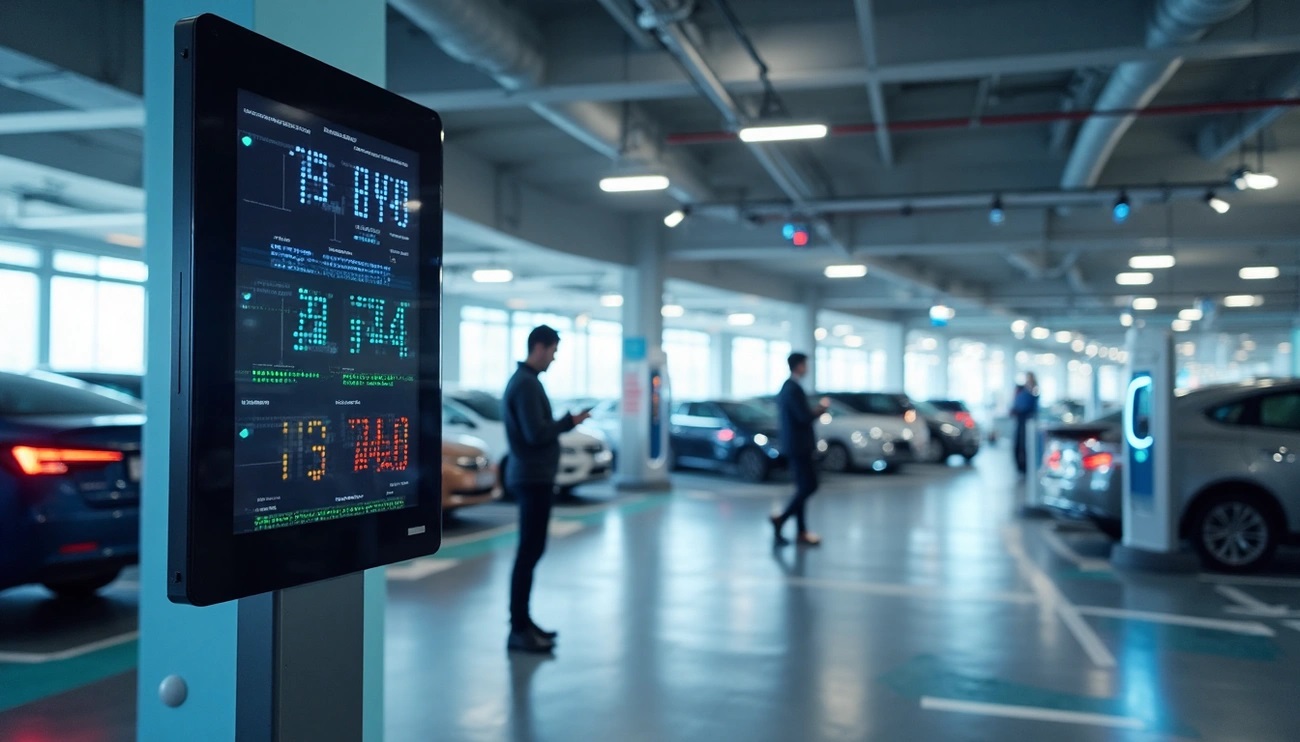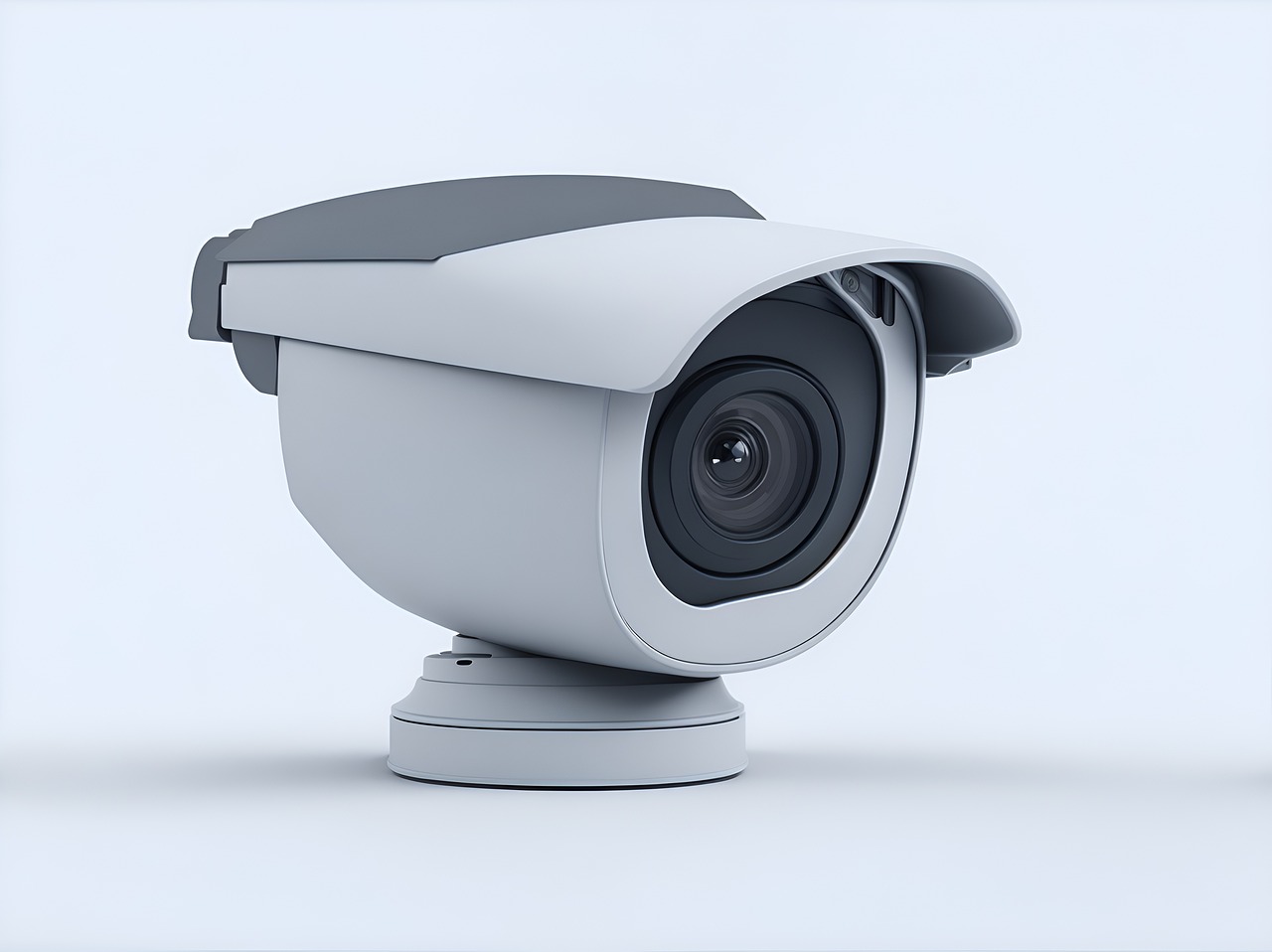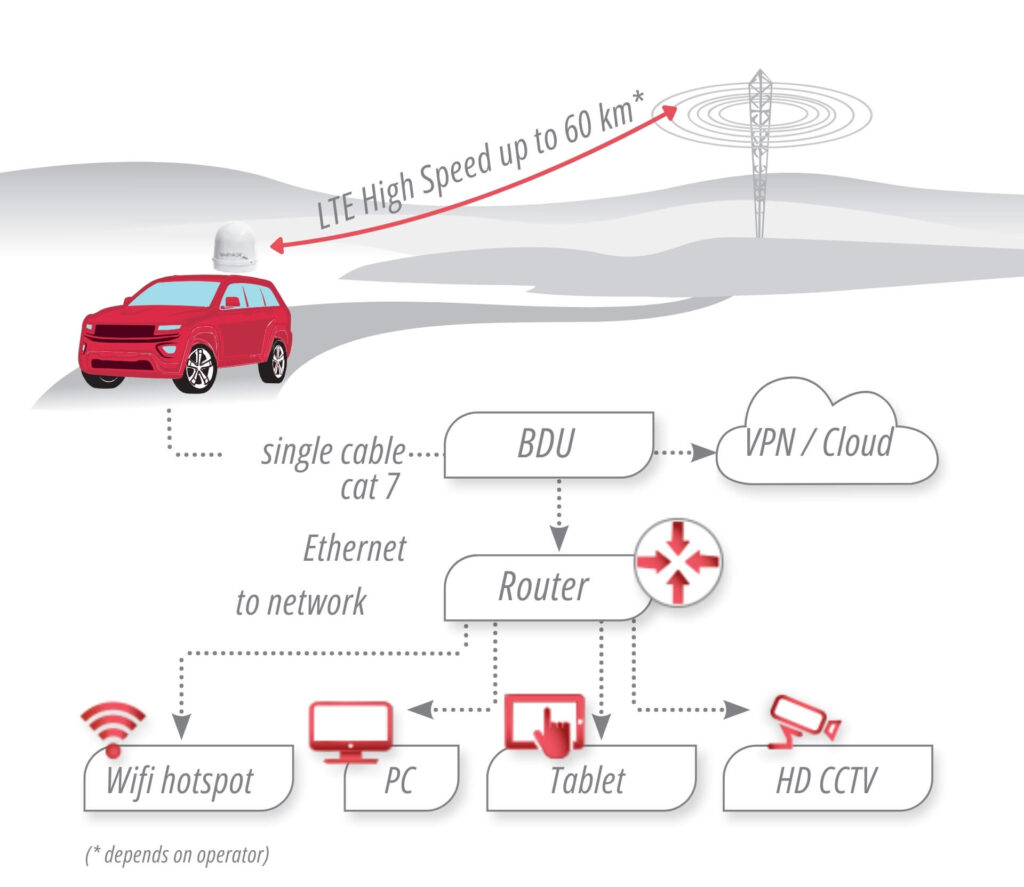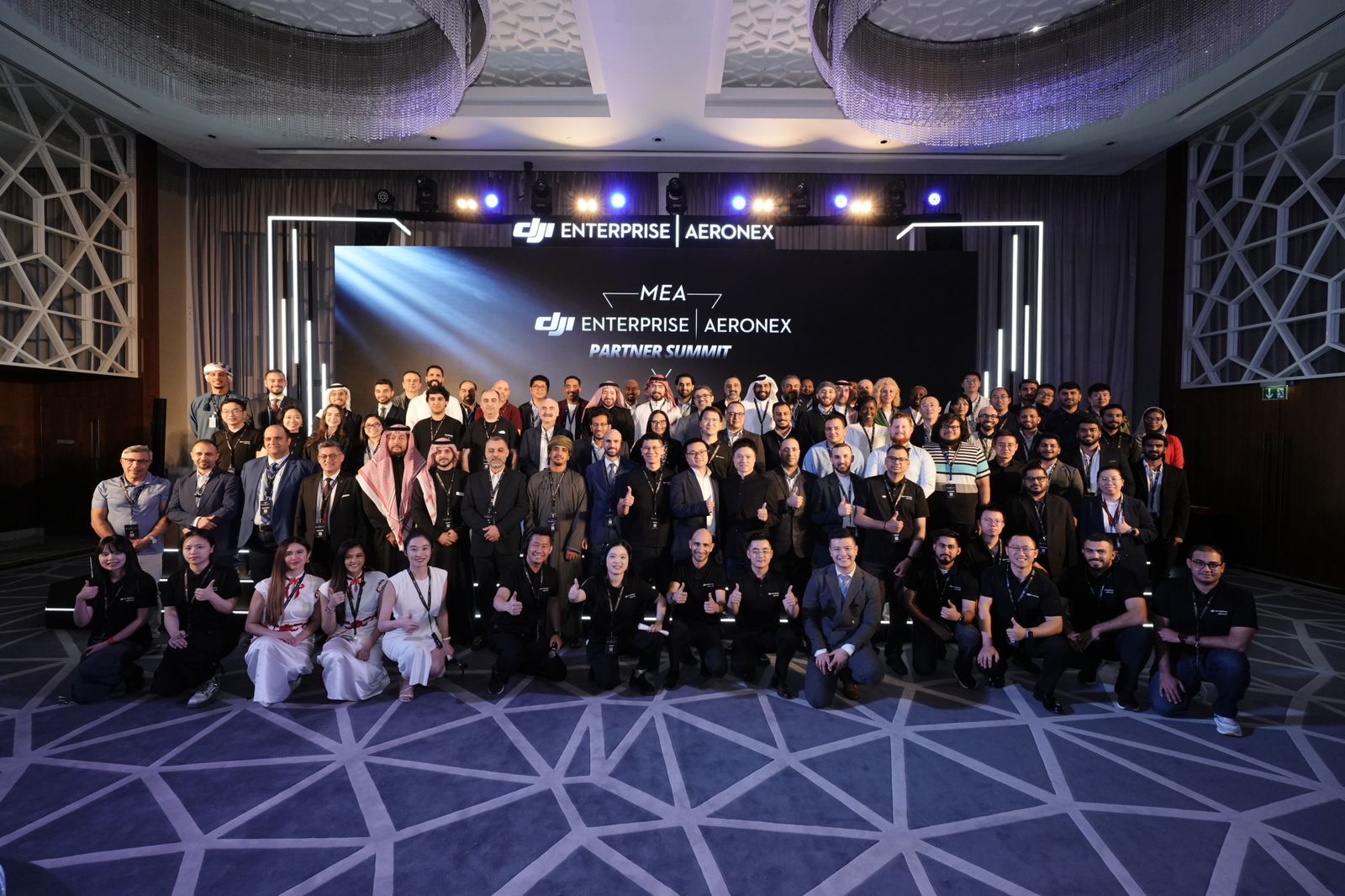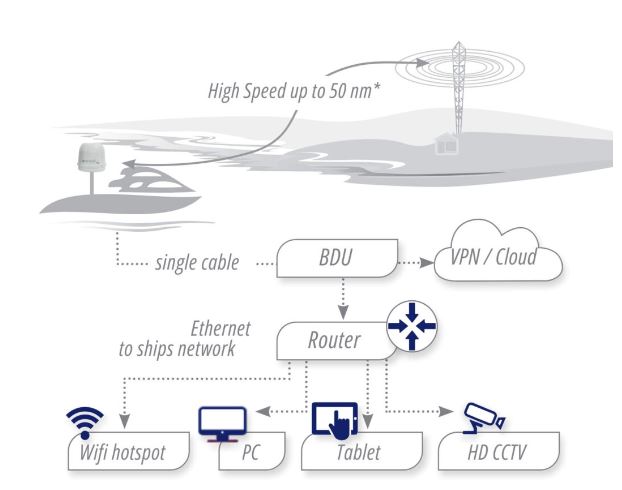Introduction to Push to Talk over Cellular (PoC)
Push to Talk over Cellular (PoC) is a revolutionary communication technology that has transformed the way businesses and organizations communicate in real-time. This innovative system combines the functionality of traditional two-way radios with the widespread coverage of cellular networks, offering a versatile and efficient solution for instant group communication. PoC has gained significant traction across various industries, particularly in sectors that require rapid, reliable, and secure communication channels.
The evolution of PoC technology has been driven by the need for more flexible and cost-effective communication solutions. Unlike traditional radio systems that require dedicated infrastructure and have limited range, PoC leverages existing cellular networks to provide nationwide or even global coverage. This breakthrough has made it possible for organizations to maintain seamless communication across vast geographical areas without the need for expensive infrastructure investments.
As businesses continue to seek ways to improve operational efficiency and team collaboration, PoC has emerged as a game-changing tool. Its ability to facilitate instant group communication, coupled with advanced features such as GPS tracking and emergency alerts, makes it an invaluable asset for industries ranging from construction and logistics to public safety and healthcare. In the following sections, we will delve deeper into the workings, features, and benefits of PoC systems, with a particular focus on intrinsically safe devices and their applications in hazardous environments.
How Push to Talk over Cellular Works
Push to Talk over Cellular operates on a simple yet powerful principle. It utilizes cellular data networks to transmit voice communications instantly between devices. When a user presses the dedicated Push-to-Talk (PTT) button on their device, it establishes a connection with the PoC server through the cellular network. The server then routes the voice transmission to all the other devices in the designated group or channel, allowing for immediate group communication.
The process of transmitting voice over cellular networks involves several key steps:
Voice Encoding: The user’s voice is captured by the device’s microphone and converted into digital data.
Data Transmission: The encoded voice data is sent over the cellular network to the PoC server.
Server Processing: The server receives the data and processes it, determining which group or individuals should receive the transmission.
Distribution: The server sends the voice data to all the relevant devices in the group.
Voice Decoding: The receiving devices decode the digital data back into audible voice.
This entire process occurs in near real-time, providing users with an experience similar to traditional two-way radios but with enhanced features and coverage. PoC systems also incorporate advanced technologies such as Voice over Internet Protocol (VoIP) and Quality of Service (QoS) protocols to ensure clear and reliable communication even in areas with varying network conditions.
Key Features of PoC Systems
Push to Talk over Cellular systems offer a wide array of features that enhance communication efficiency and operational effectiveness. These features go beyond simple voice transmission, providing users with tools that can significantly improve team coordination and safety. Some of the key features of modern PoC systems include:
Group Communication: PoC allows for instant one-to-many communication, enabling users to broadcast messages to entire teams or specific groups with the push of a button.
GPS Tracking and Geofencing: Many PoC devices come equipped with GPS capabilities, allowing organizations to track the location of their team members in real-time. Geofencing features can also be set up to trigger alerts when users enter or leave designated areas.
Emergency Alerts: In critical situations, users can activate emergency alerts that immediately notify designated personnel or emergency services of their situation and location.
Voice Recording and Playback: PoC systems often include the ability to record and store voice communications for later review or documentation purposes.
Text Messaging and File Sharing: In addition to voice communication, many PoC devices support text messaging and file sharing, allowing users to exchange important information in various formats.
Integration with Other Systems: Advanced PoC solutions can integrate with existing communication systems, such as dispatch consoles or enterprise resource planning (ERP) software, to create a unified communication ecosystem.
These features, combined with the wide-area coverage provided by cellular networks, make PoC systems a versatile and powerful communication tool for organizations of all sizes and across various industries.
PoC Applications in Various Industries
Push to Talk over Cellular technology has found applications across a wide range of industries, each leveraging its unique features to address specific communication challenges. Here are some examples of how PoC is being utilized in different sectors:
Construction and Engineering:
- Coordination of large-scale projects across multiple sites
- Instant communication between on-site teams and off-site managers
- Safety alerts and emergency communications in hazardous work areas
Transportation and Logistics:
- Real-time communication between drivers and dispatch centers
- Fleet tracking and management
- Coordination of deliveries and route optimization
Public Safety and Emergency Services:
- Interoperable communication between different agencies
- Rapid response coordination during emergencies
- GPS tracking of personnel and resources
Healthcare:
- Instant communication among hospital staff
- Coordination of emergency medical services
- Patient tracking and management in large facilities
Retail and Hospitality:
- Store-to-store communication
- Coordination of staff across large venues or properties
- Customer service improvement through quick response times
Manufacturing:
- Production line coordination
- Maintenance team dispatch and management
- Safety alerts and emergency response in factory settings
Oil and Gas:
- Communication in remote drilling sites
- Coordination of offshore operations
- Safety management in hazardous environments using intrinsically safe devices
Mining:
- Underground communication
- Coordination of surface and subsurface operations
- Emergency response and evacuation management
In each of these industries, PoC technology has demonstrated its ability to improve communication efficiency, enhance safety measures, and contribute to overall operational effectiveness. The versatility of PoC systems allows organizations to tailor the technology to their specific needs, making it a valuable tool across diverse sectors.
In conclusion, Push to Talk over Cellular represents a significant leap forward in business communication technology. Its widespread adoption in Saudi Arabia, supported by leading distributors like Abdulrahman Alshareef Group, is a testament to its effectiveness and relevance in today’s fast-paced business environment. As organizations continue to seek ways to improve their communication infrastructure, PoC stands ready to meet these needs, driving efficiency, safety, and collaboration to new heights.
To choose the right PoC device for your enterprise, do not hesitate to contact us at: 00966 50 7756654 00966 55 0400789

